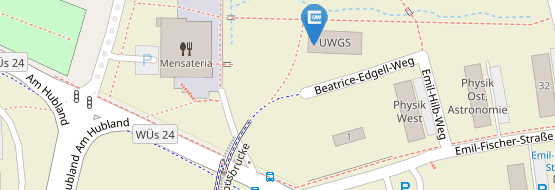Eipert, Tim
Dissertationsthema:
"A Quantitative Perspective on Transmission, Structure, and Modality of Medieval Chant."
Kontaktadresse an der Universität Würzburg:
Institut für Musikforschung
Domerschulstraße 13
97070 Würzburg
Erstbetreuer/in: Prof. Dr. Fabian Moss
Zweitbetreuende:
Prof. Dr. Konstantin Voigt (Univ. Freiburg)
Klasse in der Graduiertenschule: "Digital Humanities"
Promotion in der Graduiertenschule ab WS 2023/24.
Abstract:
The project focuses on medieval sacred music using quantitative methods. It explores three research questions from the field of musicology to illuminate how quantitative approaches can be helpful and where their limitations lie. The chants transmitted in graduals provide the earliest diastematically readable sources for the Middle Ages liturgical musical practice. Using the data from the Graduale Synopticum project, which unites seven diastematic sources in a synoptic view, the transmission of patterns is modeled as a task comparable to the evolution of genetic patterns in bioinformatics. This model can help understand the chant's internal structure and transmission layers. In the next step, the concept of modality and its use in previous quantitative-based studies is revised. A generative Markov model is built to understand better which features are involved in the classification process, how they interact, and what that could say about creating the chant repertoire in the medieval ages. Lastly, based on metadata, the transmission of a specific type of chant, the trope, is translated into a network model. In the case of tropes, different transmission layers can be identified, which can be related to the political events of the time. The manuscripts can now be classified into different groups using community detection algorithms, which allows us to investigate whether the groups generated in this way align with the state of the art in trope research and what hypotheses about the layers of trope development can be tested by the network. From internal, structural, and music-theoretical questions to broader, metadata-driven models, this work overviews previous studies on medieval singing in digital humanities. It evaluates various methods and demonstrates how they can be integrated into traditional research approaches.



